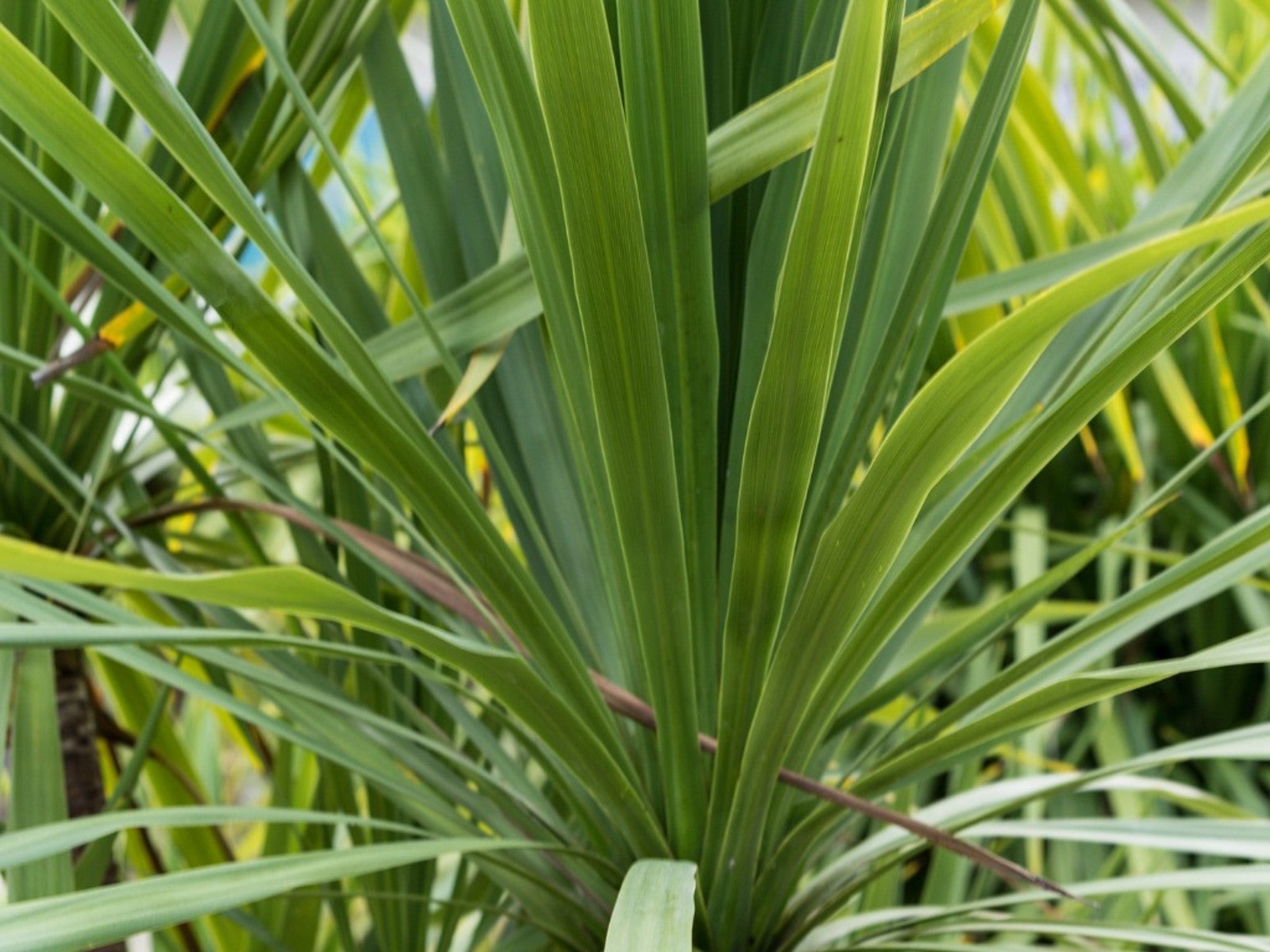
Judging from its name, the mountain cabbage tree plant (Cordyline indivisa) may not look like one would expect. Rather than resembling a cruciferous veggie, these evergreen perennials look similar to miniature palm trees. Adding a Cordyline houseplant to your interior can lend a tropical accent to any home décor.
What is a Cordyline Houseplant
There are several members of the Cordyline genus commonly grown as houseplants, including the Hawaiian Ti or Good Luck plant. Most have lance-shaped foliage which radiate outward from a central stem. The mountain cabbage tree plant is readily identified from other species by its blue-green foliage.
Also called blue dracaena or simply the cabbage palm, this Cordyline houseplant has broader leaves with a thicker midrib than most of its brethren species. Native to New Zealand, Cordyline indivisa is found in mountainous and forest regions where the soil remains moist.
The cabbage tree plant is winter-hardy in USDA zones 9 to 11 but can be grown as a container tree in other climates. Be warned, however, all Cordyline species are extremely toxic to pets.
How to Grow Cordyline Indoors
Cordyline care indoors is not much different than growing mountain cabbage trees in the outdoor garden. Overall, this genus tends to be very low maintenance. However, mountain cabbage trees planted in the garden can reach heights of 10 to 18 feet (3-5.5 m.) while container-grown ones typically don’t exceed 6 feet (2 m.).
Properly watering cabbage palms is the key to Cordyline indivisa care. These plants do best if the soil is kept moist (but not soggy) during the growing season. Water less frequently in the winter, but don’t allow the soil surrounding the rhizomatous roots to dry out completely.
Like most Cordyline houseplant species, the cabbage palm prefers an organically rich soil with good drainage and a mildly acidic to neutral pH. This can be achieved by mixing 50% loamy potting soil with 50% sand. This genus tends to be slow-growing and will only need to be repotted every few years.
Sunlight requirements vary among Cordyline species. Specific Cordyline indivisa care instructions recommend partial shade for the mountain cabbage tree plant. Indoor specimens can be kept near bright windows but avoid full-sun exposure if this species is relocated outdoors for the summer.
Does a Cabbage Tree Plant Bloom and Fruit?
While blooming and fruiting trees can be quite lovely when grown outdoors, this trait can be a bit messy inside the home. Luckily, even with the best Cordyline indivisa care, this species rarely blooms when grown in containers.
However, the cabbage palm is a hermaphrodite species. Each flower contains both male and female reproductive organs, so it is possible to have flowers and fruit with only one tree. Mountain cabbage palms produce drooping panicles of white flowers in late spring or early summer.
Flowers are followed by sprays of red to purple berries in the fall. If berries on a Cordyline houseplant are not desired, simply remove the flower stems once they are done blooming. Cordyline trees can also be pruned to control their size or encourage multiple stems. Cutting the trunk at an angle will encourage the water to run off.
